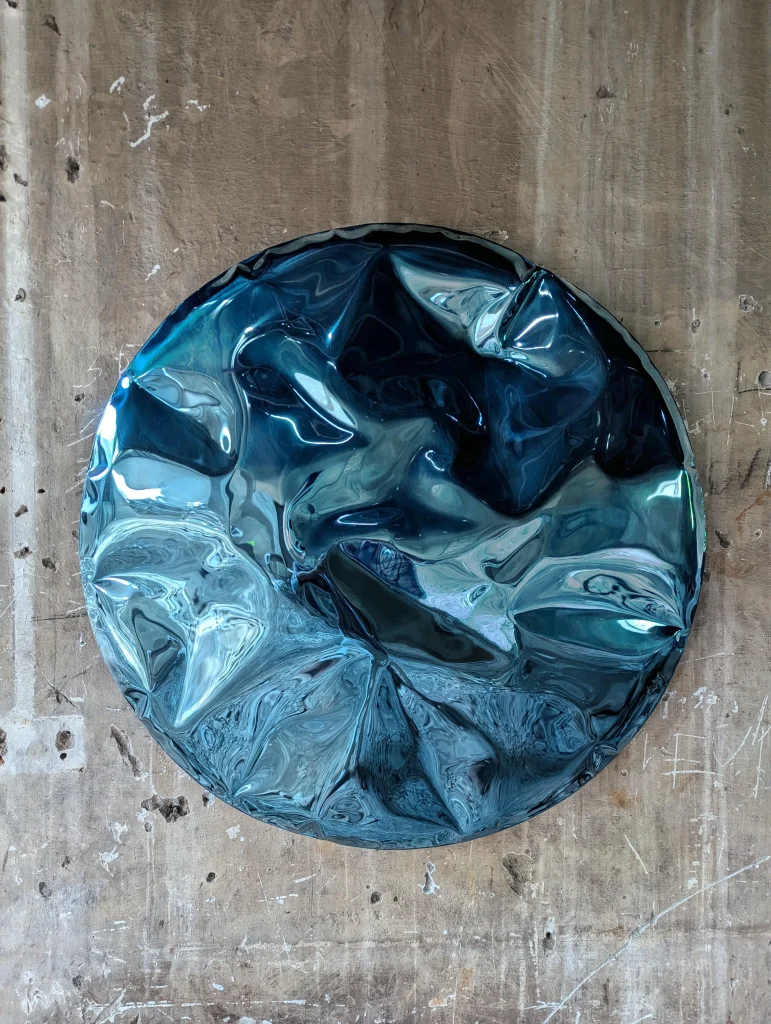
Balancing Act: Midimalism for Modern, Mindful Living
When discussing minimalism or maximalism, one can’t be considered one without the other. The two go hand in hand, like siblings — or perhaps more accurately, fraternal twins. It’s worth noting that people identify with these design styles. While we will likely never hear anyone say, “I am a modern farmhouse-ist” or “I am a Japandi-ist,” we often hear identifications of “I am a minimalist” or “I am a maximalist.” But what if you are something in between? Lately, there has been growing interest in exploring the middle ground between minimalism and maximalism. Enter midimalism.
It’s important to recognize that minimalism and maximalism are not just about design styles; they are adjectives of personal identity: One likes Art Deco, but one is minimalist. Given the rich variety and nuance among individuals, maximalism and minimalism can be seen as two ends of a spectrum, with endless shades, textures, patterns, and materials in between. It is within this spectrum that we find midimalism—a balanced approach that harmonizes the best of both worlds. It’s time for midimalism to be embraced and valued alongside its siblings, minimalism and maximalism, who have long dominated the spotlight (whether from a HEAKO’s minimalist lamp or an Adir Yakobi Clamshell Lamp).




But first, what exactly are Minimalism and Maximalism?
Maximalism
Whether it aligns with your personal style or not, the appeal of maximalism is easy to grasp. This design approach can serve as a form of escapism, offering a reprieve from the stress and uncertainty of modern life. It’s easy to understand why someone would want to come home to a vibrant, maximalist sanctuary—filled with bright colors, interesting textures and bold patterns—especially after a mundane nine-to-five routine. As Samuel Johnson-Schlee notes for Dezeen, ‘maximalism is a manifestation of a desire for a different world.’
Maximalism also offers a rich canvas for nostalgia and sentimentality, allowing individuals to express nuanced character and interests, showcase personal memories, and create spaces that affirm their individuality. Maximalism is about the unexpected, the surprising, and the bold, embracing an eclectic mix of styles and elements. Yet, it also mirrors an era marked by overconsumption and a relentless trend cycle, where new aesthetics seem to emerge daily. This constant flux can sometimes feel overwhelming, as the pursuit of the latest trend may overshadow the deeper, more meaningful connections we form with our spaces. Herein lies the value of a more midimalist approach, which offers a thoughtful balance between self-expression and mindful curation.






Minimalism
On the other end of the spectrum is minimalism, a design philosophy centered around the principle of “less is more.” This approach emphasizes simplicity, clean lines, and the tranquility that comes from a clutter-free environment. Minimalism seeks to create serene and functional spaces by removing excess and focusing on understated essentials. (It’s worth noting, though, that this same minimalism can also evoke anxiety for those who thrive on more sensory richness—just as maximalism might overwhelm those who prefer simplicity.) Ultimately, minimalism offers a peaceful retreat from the chaos of excess, often with pared down color palettes, clean lines, frequent use of natural materials.
In the past decade, minimalism has wielded significant cultural influence. A (famous? infamous?) example is/was Kim Kardashian and Kanye West’s Los Angeles home, which captured widespread attention when featured in Architectural Digest in 2020 Architectural Digest in 2020. The home’s “uncompromising minimalism” underscore the serious punch that minimalism can pack. It also sparked debate about minimalism: While it promotes reduced consumption, does it sacrifice personal expression? Just as maximalism can be seen as excessive, minimalism might appear impersonal and lacking character. That’s why the spectrum between the two is so important.






Understanding Midimalism
And so we come to midimalism. Midimalism is about balance. It recognizes that both maximalism and minimalism offer valuable elements and seeks to integrate them in a cohesive and personalized way. This approach advocates for spaces that are clean and open yet rich in character and color. It allows for bold pieces but ensures they are carefully curated and contextually appropriate.


One of the core tenets of midimalism is that it allows for personal expression without going to extremes. This approach recognizes that people are complex and multifaceted, and their living spaces should reflect that. A midimalist home can feature a mix of styles, periods, and influences, as long as they are curated thoughtfully. This balance extends to consumption as well. Midimalism encourages mindful purchasing, focusing on quality over quantity and choosing pieces that are meaningful and long-lasting.


:max_bytes(150000):strip_icc():format(webp)/bhg-midimalist-living-room-8664886-938841c5088f4dfa85afc970fc06a79c.jpg)
:max_bytes(150000):strip_icc():format(webp)/bhg-midimalist-living-room-8664886-938841c5088f4dfa85afc970fc06a79c.jpg)
The Essence of Intentional Curation & Contextual Harmony
In a midimalist space, every item has a purpose and a place. It’s about selecting pieces that speak to you and arranging them in a way that creates a harmonious and balanced environment. For instance, a maximalist lamp can become a focal point in a predominantly minimalist room, providing a pop of color and personality without overwhelming the space. Its presence is intentional, adding to the room’s overall aesthetic rather than detracting from it. Context is crucial in midimalism. The design of a room should reflect its function and the personality of its inhabitants. A midimalist approach considers the context in which each piece is placed.
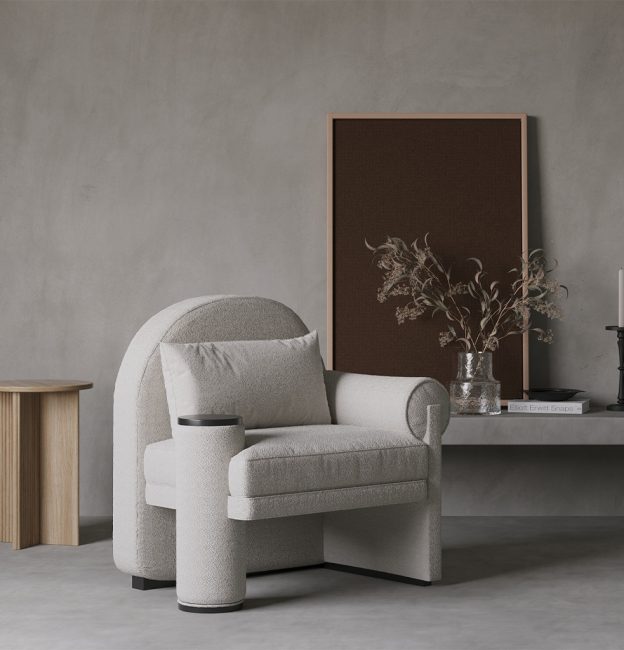

by hermhaus


by MARCO CALHAU


by TOGIGI
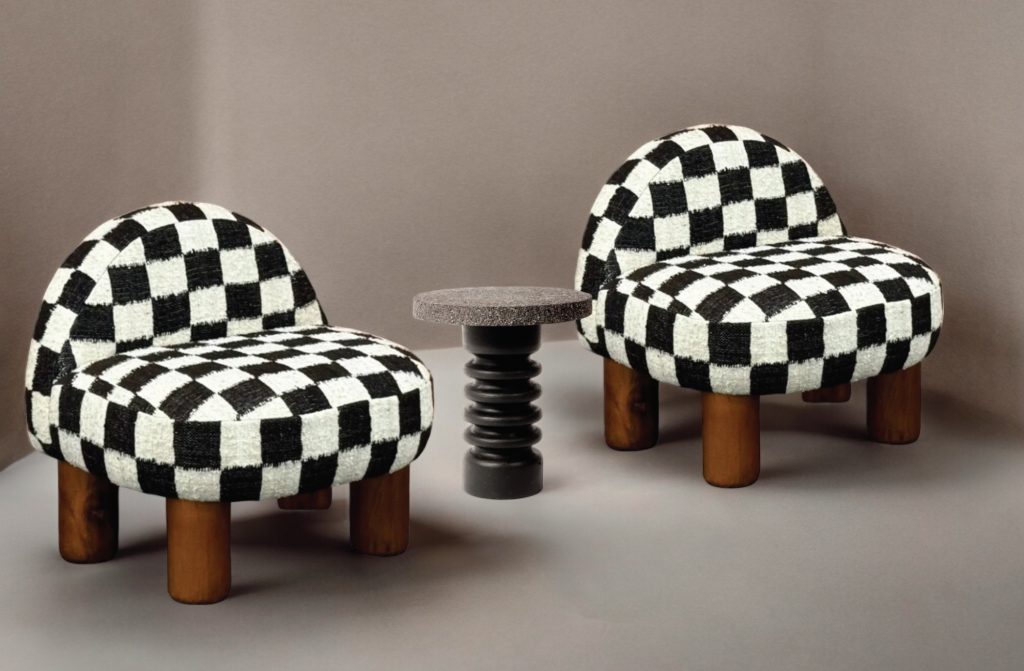

by Diego Olivero Studio
A Pushback Against “Millennial Grey”
Midimalism also serves as a moderate counter-movement to the ongoing trend of “millennial grey,” a style characterized by muted, neutral tones that have dominated interiors in recent years. Often criticized for its blandness and lack of personality, millennial grey has inspired a wave of mockery due to its pervasive and uninspired use. While such colors can create a calming atmosphere, they can also feel sterile and impersonal. Midimalism, in contrast, embraces the use of color and varied textures to infuse spaces with life and character. It strikes a balance between the serene simplicity of minimalism and the dynamic elements of maximalism, creating environments that are both inviting and visually engaging.


by Mati Sipiora


by Yugen Lab


by Ultramar Studio


by Pernia Studio
Sustainable Choices in a World of Aesthetics
In today’s fast-paced digital age, new (sometimes bewildering) design aesthetics seem to emerge daily. From “cottagecore” to “dark academia,” the plethora of options can be overwhelming and are fleeting. While these trends can be exciting, they often lack longevity, leading to constant changes and a cycle of consumption that is unsustainable. Midimalism offers a solution to this conundrum by focusing on timeless elements and personal authenticity rather than fleeting trends. This philosophy discourages the cycle of constantly chasing the latest trends and instead fosters a deeper connection with one’s environment. The result is a space that evolves naturally over time, reflecting the true essence of the individual while minimizing waste and excessive consumption.


by Studio Indigene


by StorqueStudios


by Carol Gay


by Studio Kloak


by LØRDAG & SØNDAG
Personal Expression and Balance
One of the core tenets of midimalism is that it allows for personal expression without going to extremes. This approach recognizes that people are complex and multifaceted, and their living spaces should reflect that. A midimalist home can feature a mix of styles, periods, and influences, as long as they are curated thoughtfully. This balance extends to consumption as well. Midimalism encourages mindful purchasing, focusing on quality over quantity and choosing pieces that are meaningful and long-lasting.


by Urbs Studio


by Saadia Design
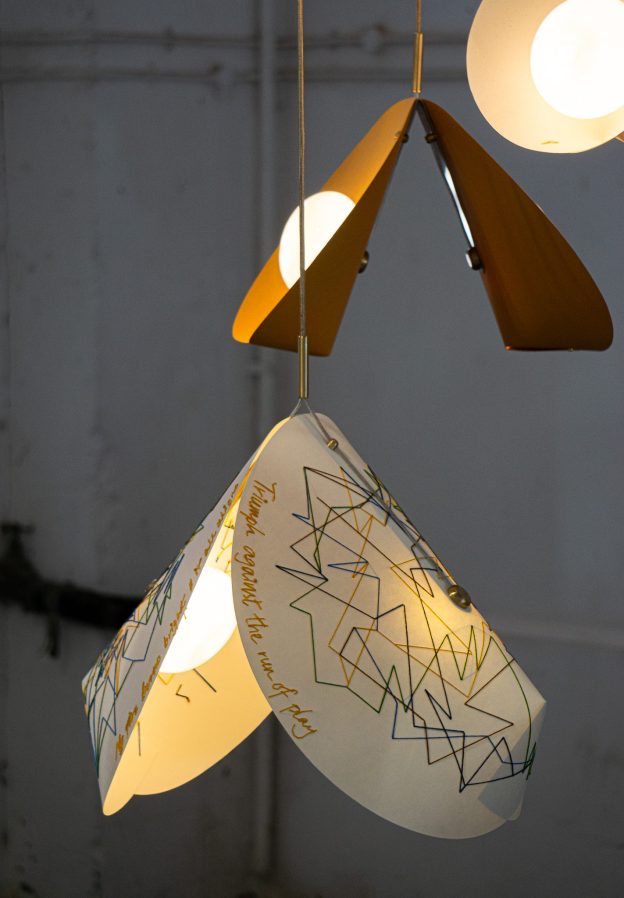

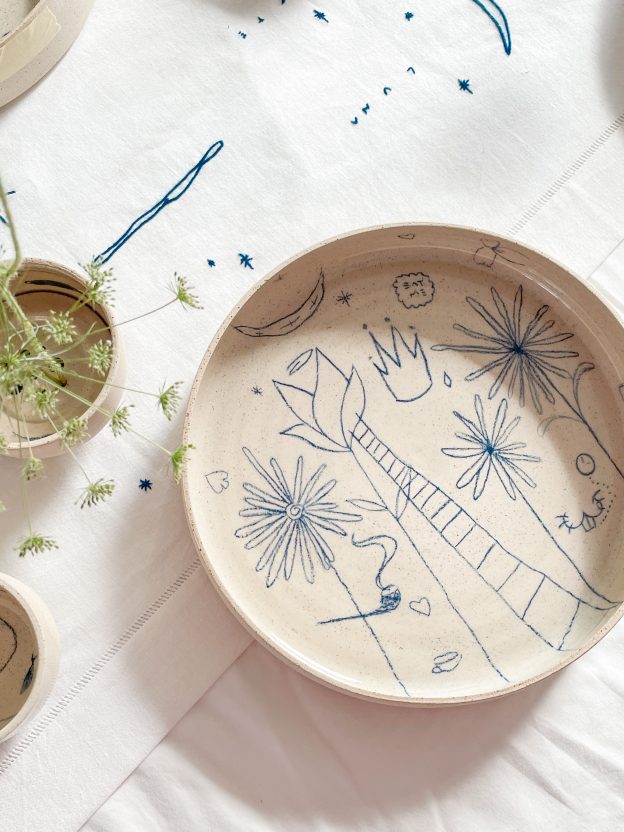

by ccontinua+mamt
Final Thoughts
Midimalism often hinges on unexpected combinations and juxtapositions. Think maximalist textures paired with minimalist forms, minimalist shapes in exaggerated dimensions, or a minimal concept with maximal appeal. This thoughtful blending of the unexpected creates spaces that are not only visually stunning but also deeply personal and inviting. Midimalist spaces often feel natural and lived-in, exuding a welcoming essence.
Midimalism strikes a balance between familiarity and excitement, offering endless possibilities for customization driven by experimentation and curiosity. With midimalism, you can embrace sentimentality and nostalgia without getting lost in maximalist escapism or sacrificing cherished items for the sake of minimalism. Midimalism relaxes strict design “rules,” embracing play, experimentation, and personal curation. It avoids overwhelming the senses, instead presenting a design approach that simply exists—effortless and harmonious. In a world often divided, Midimalism offers an aesthetic that is accessible, relatable, and inclusive.
-

 Ovni Uovo White Marble Glass Sculptural Coffee TableBy Panorammma Atelier€6.600 incl. tax€6.600 incl. tax
Ovni Uovo White Marble Glass Sculptural Coffee TableBy Panorammma Atelier€6.600 incl. tax€6.600 incl. tax -

 Spigolatura N°84 – Handwoven Wall ArtBy Susanna Costantini€2.100 incl. tax€2.100 incl. tax
Spigolatura N°84 – Handwoven Wall ArtBy Susanna Costantini€2.100 incl. tax€2.100 incl. tax -

 Fp Line – Noce Collection – Petside TableBy STUDIO FP€2.500 incl. tax€2.500 incl. tax
Fp Line – Noce Collection – Petside TableBy STUDIO FP€2.500 incl. tax€2.500 incl. tax -

 Nova – Terracotta Pendant LampBy Maison Cédrat€1.800 incl. tax€1.800 incl. tax
Nova – Terracotta Pendant LampBy Maison Cédrat€1.800 incl. tax€1.800 incl. tax -

 Lumia – BlackBy Maison Cédrat€1.300 incl. tax€1.300 incl. tax
Lumia – BlackBy Maison Cédrat€1.300 incl. tax€1.300 incl. tax -

 Lumia – Raw ClayBy Maison Cédrat€1.200 incl. tax€1.200 incl. tax
Lumia – Raw ClayBy Maison Cédrat€1.200 incl. tax€1.200 incl. tax -

 Sculptural Nightstand – Walnut Wood & CeramicBy Alexander Knysch Studio€4.800€4.800
Sculptural Nightstand – Walnut Wood & CeramicBy Alexander Knysch Studio€4.800€4.800 -

 Spigolatura N°80 – Handwoven Wall ArtBy Susanna Costantini€2.000 incl. tax€2.000 incl. tax
Spigolatura N°80 – Handwoven Wall ArtBy Susanna Costantini€2.000 incl. tax€2.000 incl. tax -

 Totem N°1 – Handwoven Wall ArtBy Susanna Costantini€2.000 incl. tax€2.000 incl. tax
Totem N°1 – Handwoven Wall ArtBy Susanna Costantini€2.000 incl. tax€2.000 incl. tax

